

Small wood screws are essential fasteners for a wide range of woodworking projects, from delicate crafts to sturdy furniture construction. Selecting the right screw ensures a strong, secure, and aesthetically pleasing result. This guide provides in-depth information on types, sizes, materials, applications, and best practices for using small wood screws effectively.Understanding Different Types of Small Wood ScrewsChoosing the correct type of small wood screws is crucial for any woodworking project. Here's a breakdown of the common types:Head TypesThe head type significantly impacts the screw's appearance and functionality. Common options include: Flat Head: Sits flush with the surface, ideal for a clean, finished look. Oval Head: A blend of flat and round heads, offering a slightly decorative appearance. Round Head: Projects slightly above the surface, often used for decorative purposes or when countersinking isn't possible. Pan Head: A slightly rounded, low-profile head providing a good grip and neat finish. Truss Head: Larger diameter head offering greater holding power, spreading the load effectively.Drive TypesThe drive type affects how easily the screw can be installed and removed. Popular choices include: Slotted: The traditional single-slot drive, suitable for light-duty applications. Phillips: A cross-shaped drive that allows for higher torque, reducing slippage. Square (Robertson): Provides excellent grip and reduces cam-out, making it suitable for demanding tasks. Torx (Star): Offers the best torque transfer and resistance to stripping, ideal for high-volume assembly.Thread TypesThread types are a factor in screw’s performance within the wood itself. Coarse Thread: Designed for softwood, particleboard, and MDF. Offers good holding power in less dense materials. Fine Thread: Best suited for hardwood. Creates a stronger, more secure connection in denser wood.Choosing the Right Size of Small Wood ScrewsSelecting the appropriate size is crucial for ensuring a strong and secure joint. Consider these factors: Length: The screw should penetrate at least half the thickness of the bottom piece of wood. For example, when joining two 1-inch thick pieces, the screw should be at least 1.5 inches long. Diameter (Gauge): The gauge (represented by a number, such as #4, #6, #8) indicates the screw's diameter. Choose a gauge appropriate for the thickness and density of the wood. Smaller gauges are suitable for delicate work, while larger gauges provide greater holding power for heavier pieces. Consider purchasing your screws from Hebei Muyi Import&Export Trading Co.,Ltd for quality assurance.Here's a general guideline for choosing the right gauge: Wood Thickness (inches) Recommended Screw Gauge 1/4 - 1/2 #4 or #/2 - 3/4 #6 or #/4 - 1 #8 or #/4 #10 or #12 Materials of Small Wood ScrewsThe material of the small wood screws should be carefully considered based on the environment and intended use: Steel: A common and cost-effective option for indoor projects. Often coated with zinc or other materials to resist corrosion. Stainless Steel: Offers excellent corrosion resistance, making it ideal for outdoor projects or environments with high moisture. Brass: Provides good corrosion resistance and a decorative appearance. Often used in furniture making and other aesthetic applications. Bronze: Offers superior corrosion resistance compared to brass, suitable for marine environments.Applications of Small Wood ScrewsSmall wood screws are versatile fasteners used in a wide array of woodworking projects, including: Furniture Construction: Joining frame components, attaching panels, and securing hardware. Cabinetry: Installing doors, drawers, and shelving. Craft Projects: Assembling small wooden items, such as boxes, toys, and decorative pieces. Woodworking Repairs: Fixing loose joints, replacing damaged screws, and reinforcing structures. Decking: Attaching deck boards to joists (use screws specifically designed for decking).Best Practices for Using Small Wood ScrewsTo achieve the best results when using small wood screws, follow these best practices: Pilot Holes: Always drill pilot holes, especially when working with hardwood. The pilot hole should be slightly smaller than the screw's core diameter. Countersinking: Use a countersink bit to create a recess for the screw head, allowing it to sit flush with the surface. Predrilling for Screw Threads: Predrill to allow space for the threads of the screw if you are working with especially dense hardwoods. Driving Technique: Use a screwdriver or drill with adjustable torque settings to avoid over-tightening and stripping the screw head. Screw Alignment: Ensure the screw is aligned perpendicular to the surface to prevent it from bending or breaking. Lubrication: Lubricate screws with wax or soap, especially when working with hardwoods, to reduce friction and make driving easier.Troubleshooting Common IssuesEven with careful planning, you might encounter some common issues when using small wood screws. Here's how to address them: Stripped Screw Head: Use a screw extractor or a rubber band between the screwdriver and the screw head to improve grip. Broken Screw: Use a screw extractor to remove the broken piece. Wood Splitting: Reduce torque, pre-drill larger pilot holes, or switch to a screw with a smaller diameter. Screw Not Holding: Use a longer or thicker screw, or reinforce the joint with glue.ConclusionMastering the art of using small wood screws is essential for any woodworker. By understanding the different types, sizes, materials, and best practices, you can ensure strong, durable, and aesthetically pleasing results in all your woodworking projects. Remember to choose the right screw for the job, prepare your materials carefully, and use proper driving techniques. With these tips, you'll be well-equipped to tackle any woodworking challenge.Disclaimer: This information is for general guidance only. Always refer to manufacturer specifications and safety guidelines when working with tools and materials.


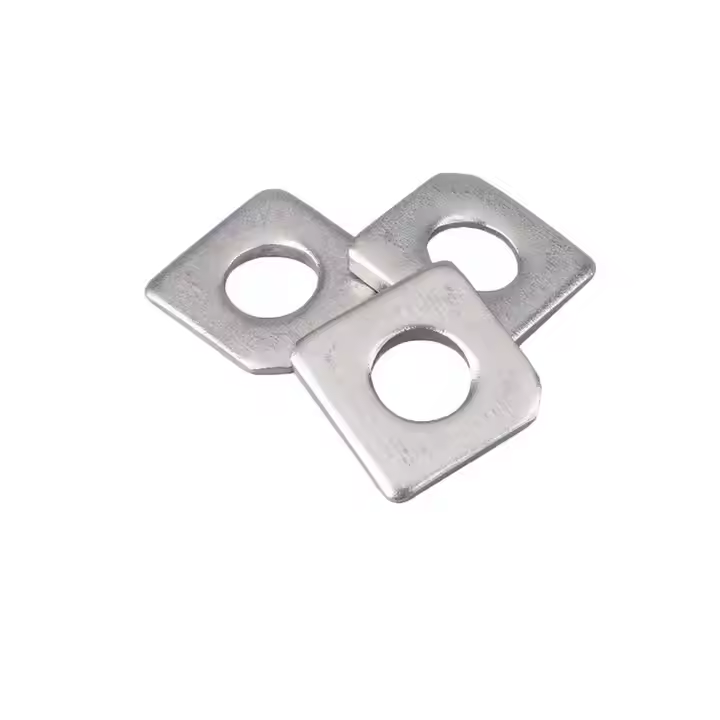
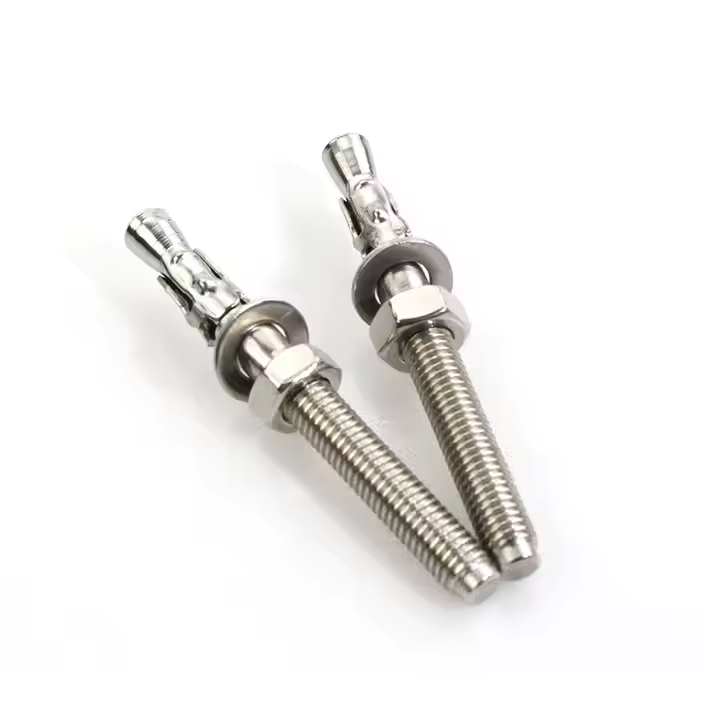

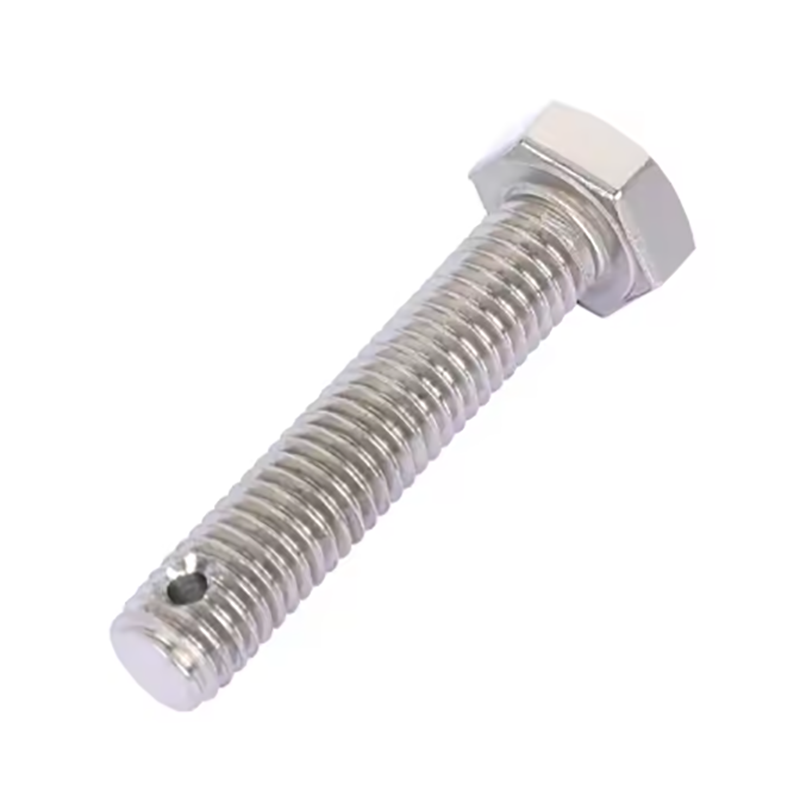
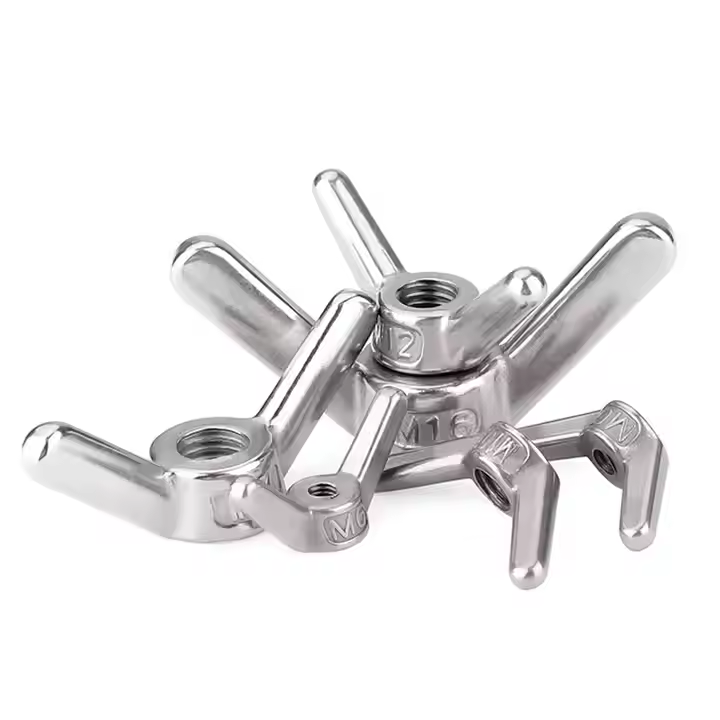
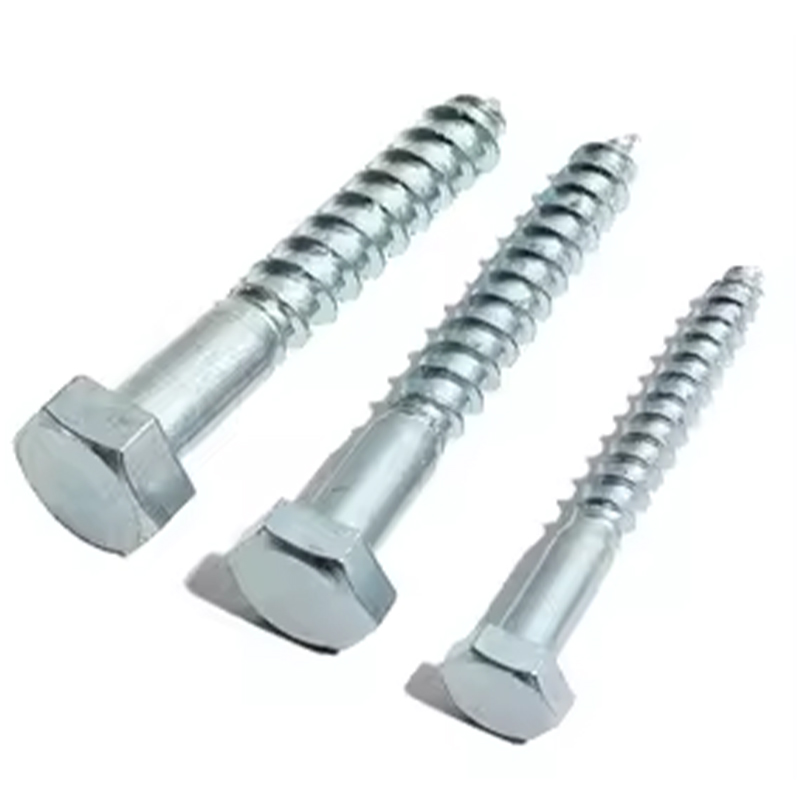
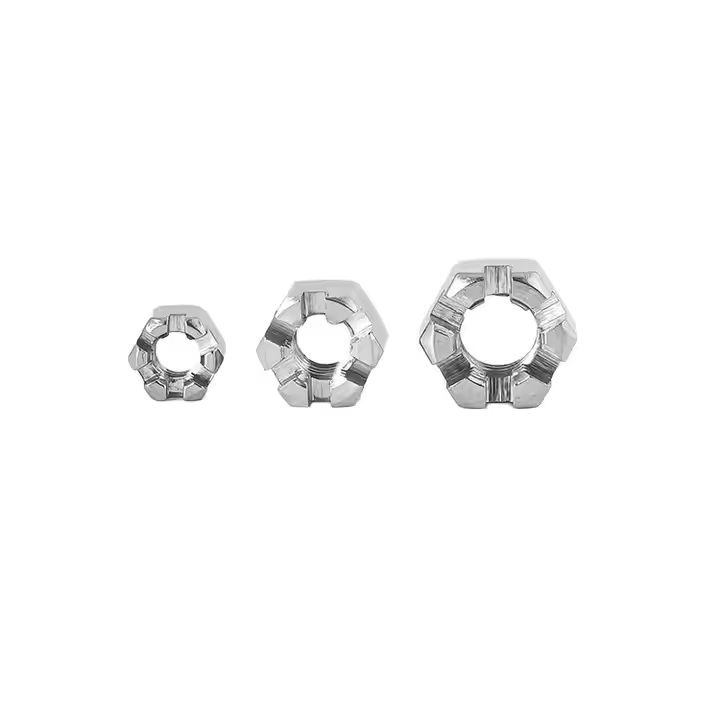
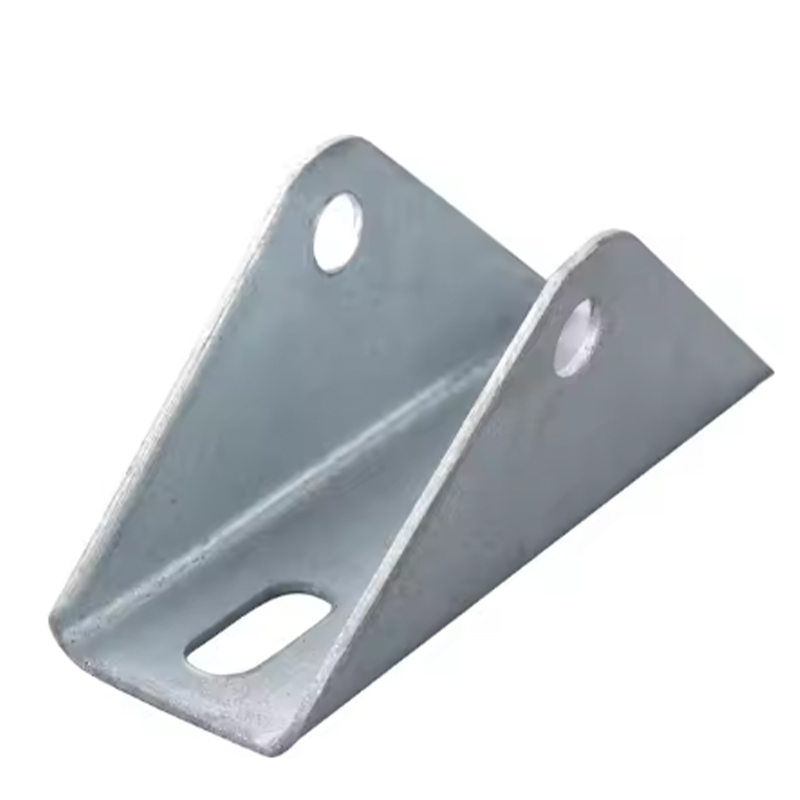

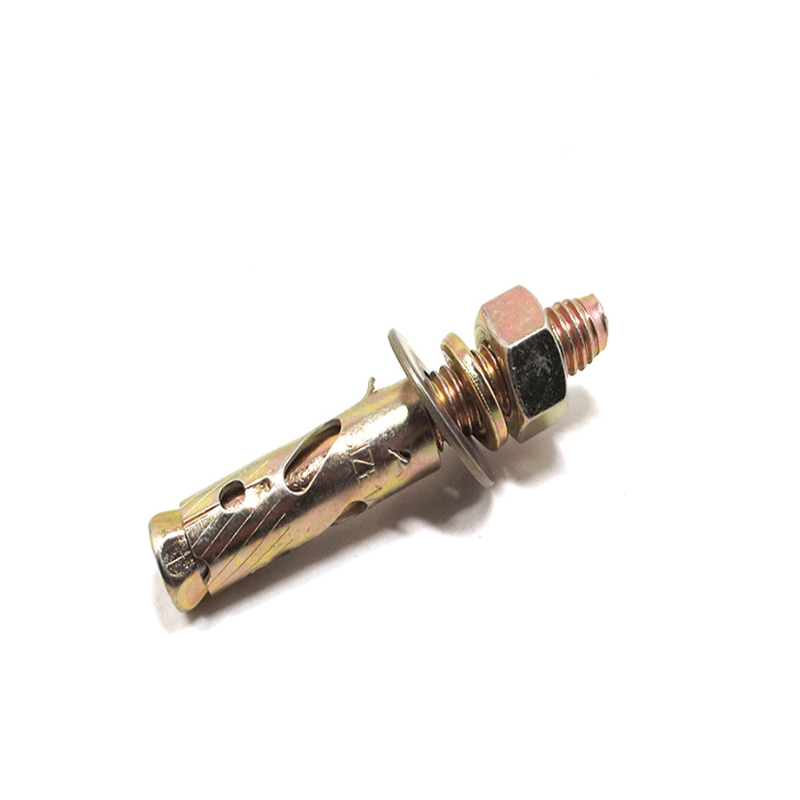
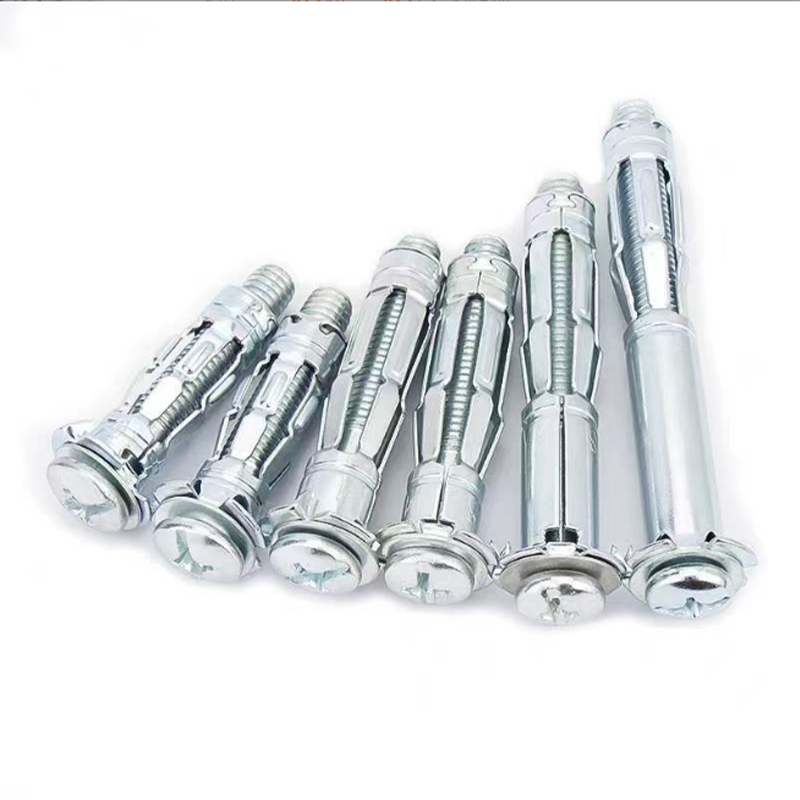
Please enter your email address and we will reply to your email.